- Home
- About Us
- Products
-
Heat-Pump Dehumidifier DeAir
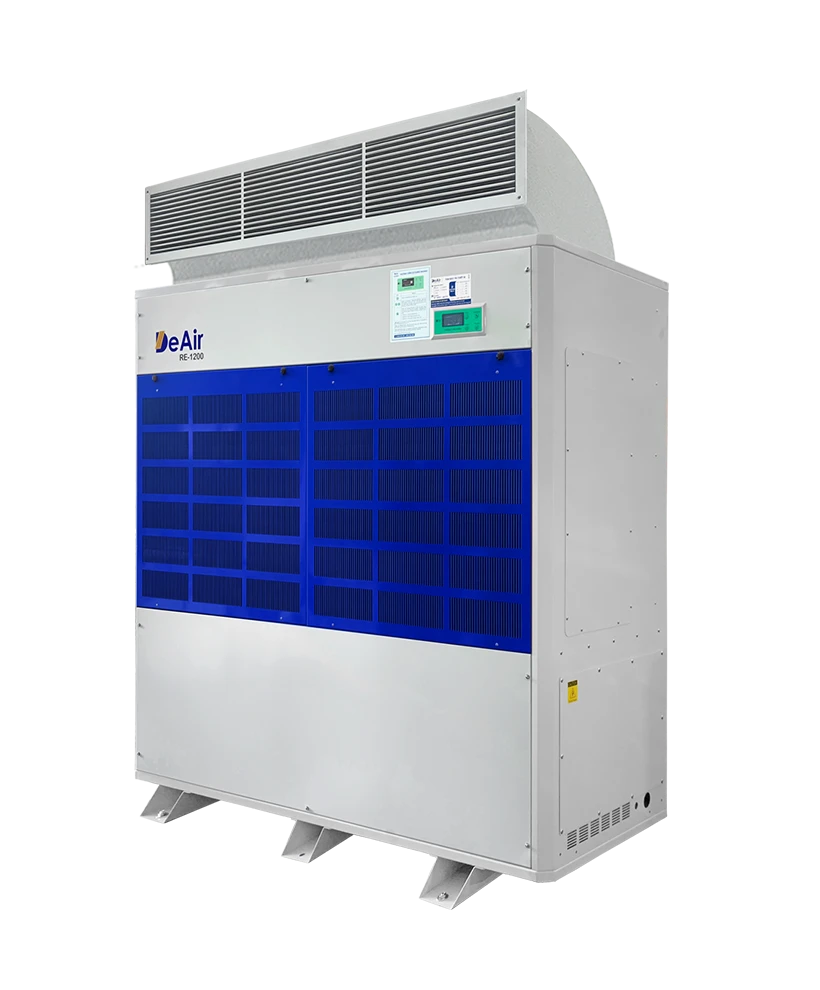 DeAir.RE
DeAir.RE -
Heat-Pump Dryer DeAir.RE-H
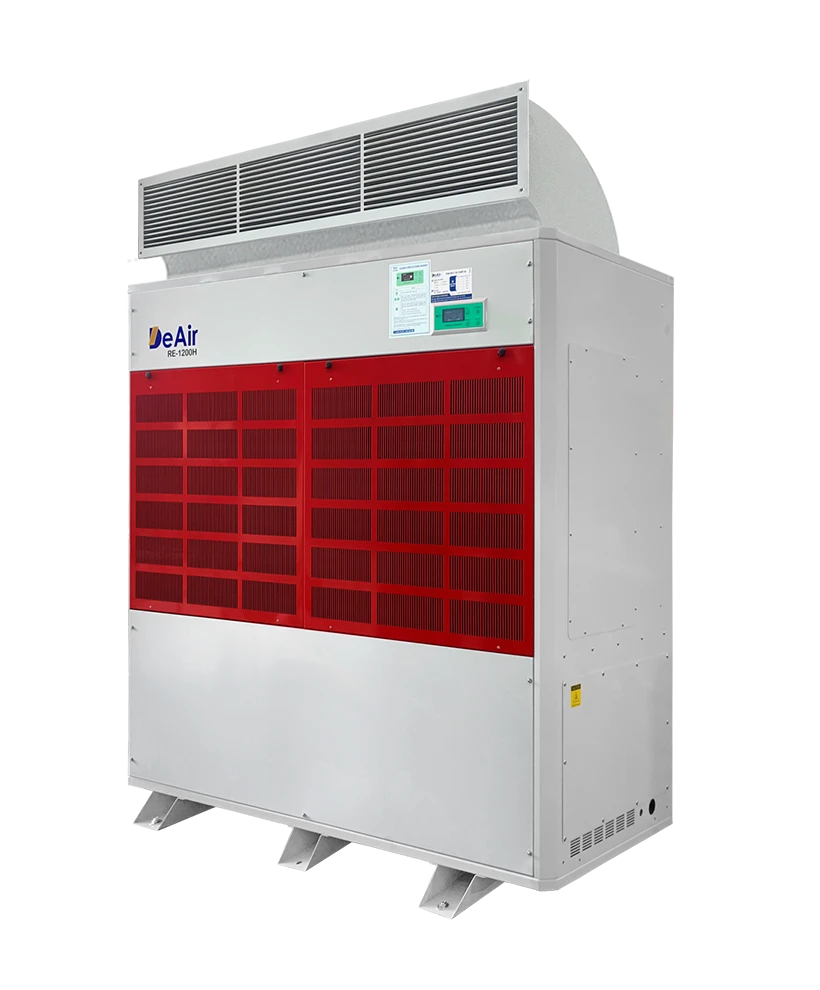 DeAir.RE-H
DeAir.RE-H -
Heat-Pump Stainless Steel Dehumidifier
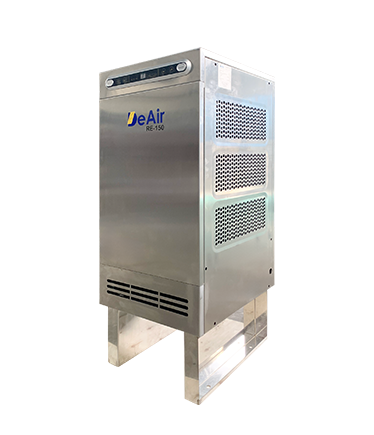 DeAir.RE-INOX
DeAir.RE-INOX -
Heat-Pump Isothermal Dehumidifier DeAir.CRE
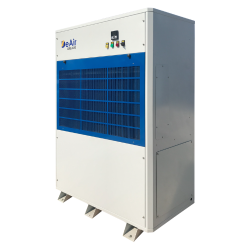 DeAir.CRE
DeAir.CRE -
Dezenno Dehumidifier
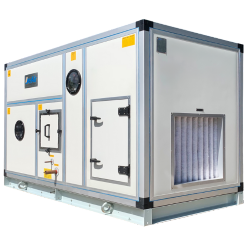 Dezenno
Dezenno -
Heat-Pump Ceiling Mounted Dehumidifier DeAir
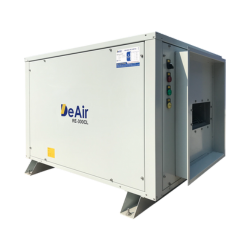 DeAir.RE-CL
DeAir.RE-CL -
Dehumidifier Olmas
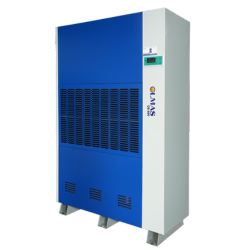 Olmas-OS
Olmas-OS -
Industrial Humidifier DeAir
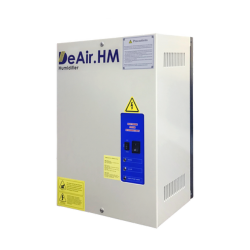 DeAir.HM
DeAir.HM -
Heat-Pump Dryer Daxwell
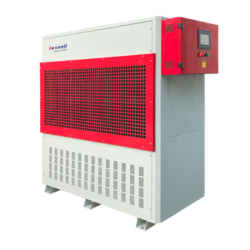 Daxwell
Daxwell -
Electric Duct Heater DeAir
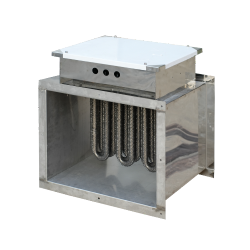 DeAir.Heat
DeAir.Heat -
Air Handling Unit Dezenno.MAX
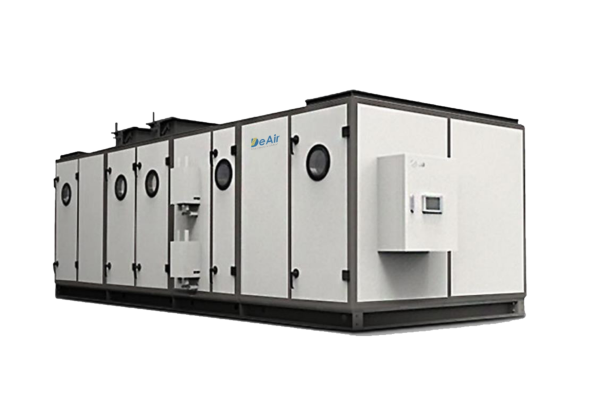 AHU
AHU
-
- Services
- Projects
- Warranty – Maintenance
- News
- Contact
Case Study: DeAir Installs 8 Isothermal Dehumidifiers for Klipsch's Electronics Warehouse
03/09/2025
Project Background: Humidity Control Challenges at Klipsch's Electronics Component Warehouse
Klipsch, one of the world's leading premium audio brands, enforces the strictest standards for the preservation of its high-value electronic components. In its storage facilities, Klipsch faces significant challenges from Vietnam's tropical humid climate, where high air humidity can pose serious risks:
- Microcircuit Corrosion: High humidity is a primary cause of oxidation, leading to rust on circuit boards, component leads, and metal parts, which results in equipment failure.
- Electrostatic Discharge (ESD) Risk: Environments that are either too dry or too humid can increase the risk of electrostatic discharge, causing permanent damage to sensitive semiconductor components.
- Material Degradation: Humidity can cause mold to grow on cardboard packaging, degrading product quality and damaging the brand's image upon delivery.
The challenge for DeAir was not only to reduce humidity but also to maintain it within a narrow range without significantly altering the warehouse's temperature, as temperature fluctuations can also cause material contraction and affect components.
DeAir's Solution: A System of 8 DeAir.CRE Isothermal Dehumidifiers
Facing the dual requirement of humidity control and temperature stability, DeAir's team of experts conducted a site survey and proposed the optimal solution: the installation of a system of 8 DeAir.CRE isothermal dehumidifiers.
This specialized product line is designed to precisely address Klipsch's challenge. The isothermal dehumidification technology operates on a superior principle that completely separates humidity and heat treatment processes:
- Humid air from the warehouse is drawn into the unit and passes over a cold coil to condense the water vapor.
- The resulting cool, dry air is then directed through an external heat exchanger (the condenser coil) to be reheated to its original temperature.
- As a result, the air is returned to the warehouse with significantly lower humidity but at a virtually unchanged temperature, creating a perfect storage environment.
Learn more about how the DeAir.CRE isothermal dehumidification technology solved Klipsch's complex challenge.
Real Images from the Installation at the Klipsch Warehouse

Close-up of the DeAir.CRE dehumidifier, featuring a robust design for industrial environments.

The system of 8 DeAir.CRE units is scientifically arranged inside the Klipsch components warehouse to ensure even distribution of dry air.

Infographic: The DeAir.CRE Isothermal Dehumidification Process
Operating Principle of the DeAir.CRE Isothermal Dehumidifier
📥
1. Intake Humid Air
Warehouse air (e.g., 25°C - 60%RH) is drawn into the unit.
❄️
2. Dehumidify & Cool
Moisture condenses, and the air becomes cooler and drier (e.g., 15°C - 35%RH).
🔥
3. Reheat
The cool, dry air passes through an external condenser coil to regain its original temperature.
💨
4. Return Dry Air
Dry air is returned to the warehouse at a constant temperature (e.g., 25°C - 35%RH).
Investment Efficiency Analysis: DeAir.CRE Isothermal Solution vs. Traditional Methods
Previously, achieving similar conditions required businesses to invest in two separate systems: an industrial dehumidifier and an air conditioner. The integrated DeAir.CRE solution offers superior economic efficiency.
| Criteria | DeAir.CRE Solution (Integrated) | Traditional Solution (AC + Separate Dehumidifier) |
|---|---|---|
| Investment Cost (CAPEX) | Lower (only one system needed) | Higher (requires two separate systems) |
| Operating Cost (OPEX) | Energy saving thanks to Heat Pump technology that reclaims waste heat. | More expensive as two systems run independently. |
| Installation Space | Compact and space-saving. | Bulky, requires more space. |
| Control Efficiency | Synchronized and precise, maintaining stable temperature and humidity. | Difficult to synchronize, may cause operational conflicts. |
Comprehensive Benefits of the Solution for Klipsch
- Absolute Component Protection: Completely prevents the risk of corrosion and rust caused by humidity.
- Minimized ESD Risk: An optimally controlled humidity environment helps reduce static electricity buildup, protecting sensitive microcircuits.
- Guaranteed Product Quality: Keeps product packaging dry, clean, and free from mold.
- Ideal Working Environment: A dry warehouse with stable temperature not only protects goods but also creates a comfortable and safe working environment, boosting worker productivity.
- Optimized Investment and Operating Costs: Significant cost savings compared to installing two separate systems.
DeAir's solution helps Klipsch meet strict industry standards for electronic component storage, such as JEDEC J-STD-033D. The need for precise temperature and humidity control is also critical in other sectors like pharmaceutical manufacturing and server room operations.
CONTACT US FOR A CONSULTATION AND QUOTE
DeAir's team of experts is ready to conduct a site survey and provide the most optimal and cost-effective humidity control solution for your needs.
DEAIR JOINT STOCK COMPANY
Email: operation@deair.com.vn
Hotline: 0925 977 579 (Ms. Tam) | 0914 205 850 (Ms. Hoa)
Website: deair.com.vn
Sign up for news from DeAir
Related news






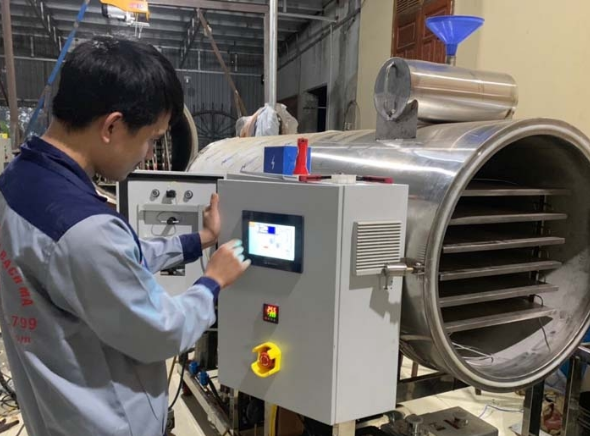



![[Case Study] DeAir Installs DeAir.De Rotor Humidity Control System for Pharmaceutical Plant in Binh Duong [Case Study] DeAir Installs DeAir.De Rotor Humidity Control System for Pharmaceutical Plant in Binh Duong](https://deair.com.vn/thumbs/news/2023_04/ban_giao_may_cho_duoc_bd/[270x153-cr]image1-1024x772.jpg__cv.webp)

![[Review & Guide] Olmas OS-300: The New Humidity Control "Warrior" for Medium to Large Warehouses [Review & Guide] Olmas OS-300: The New Humidity Control "Warrior" for Medium to Large Warehouses](https://deair.com.vn/thumbs/news/huong_dan_su_dung_may_olmas_21/[270x153-cr]vtm06440.png)